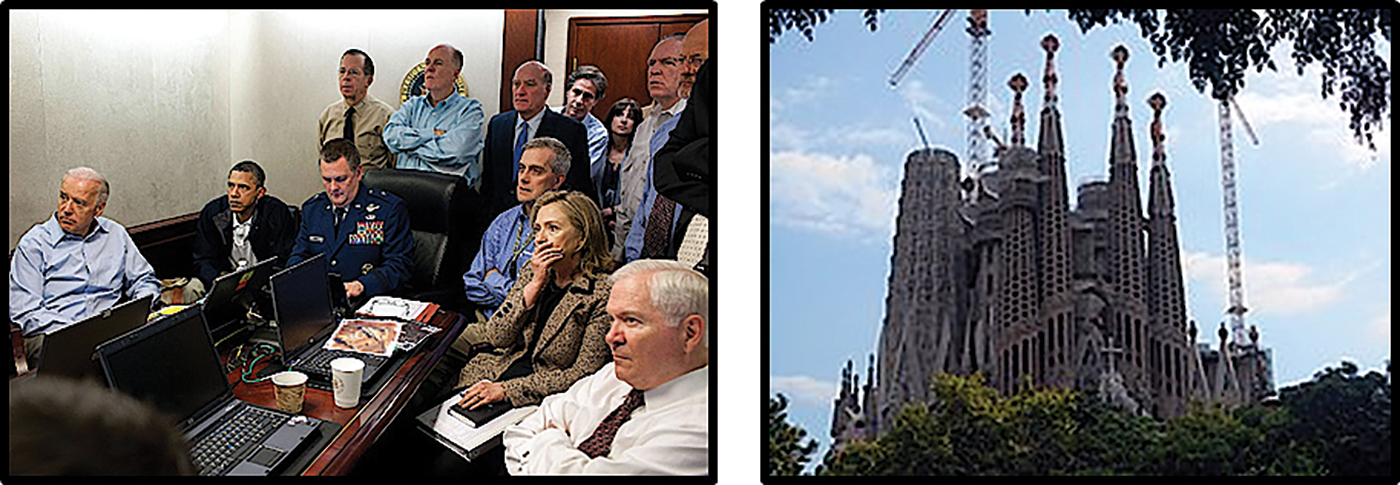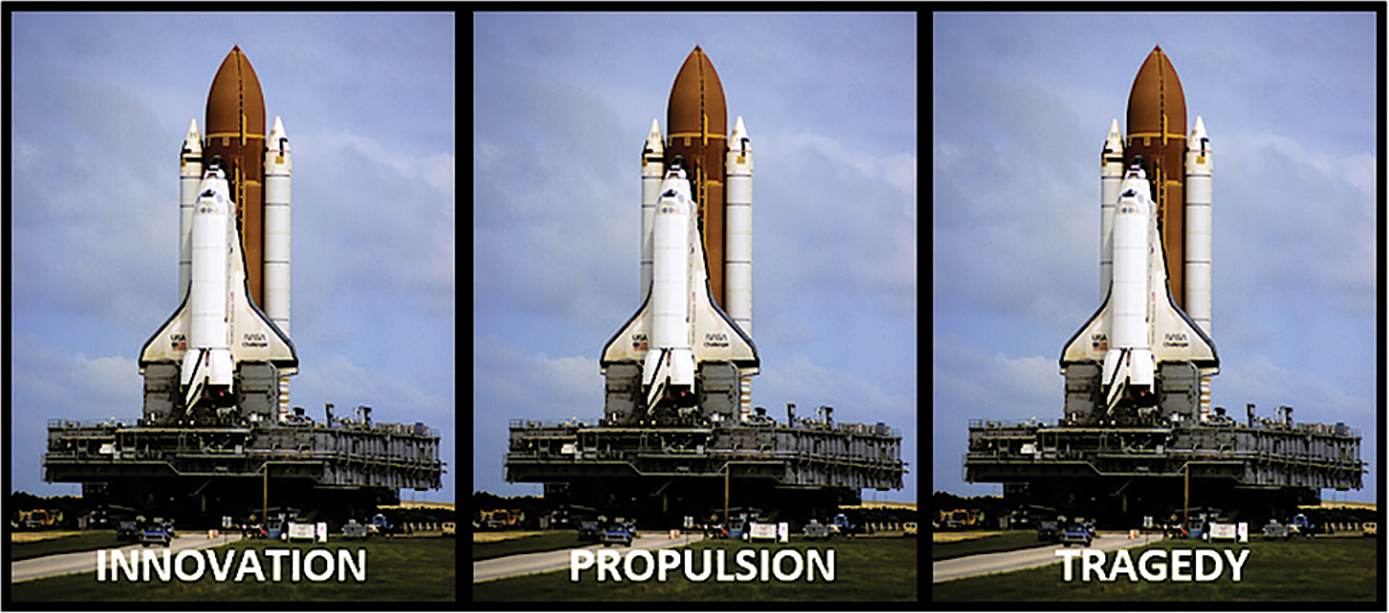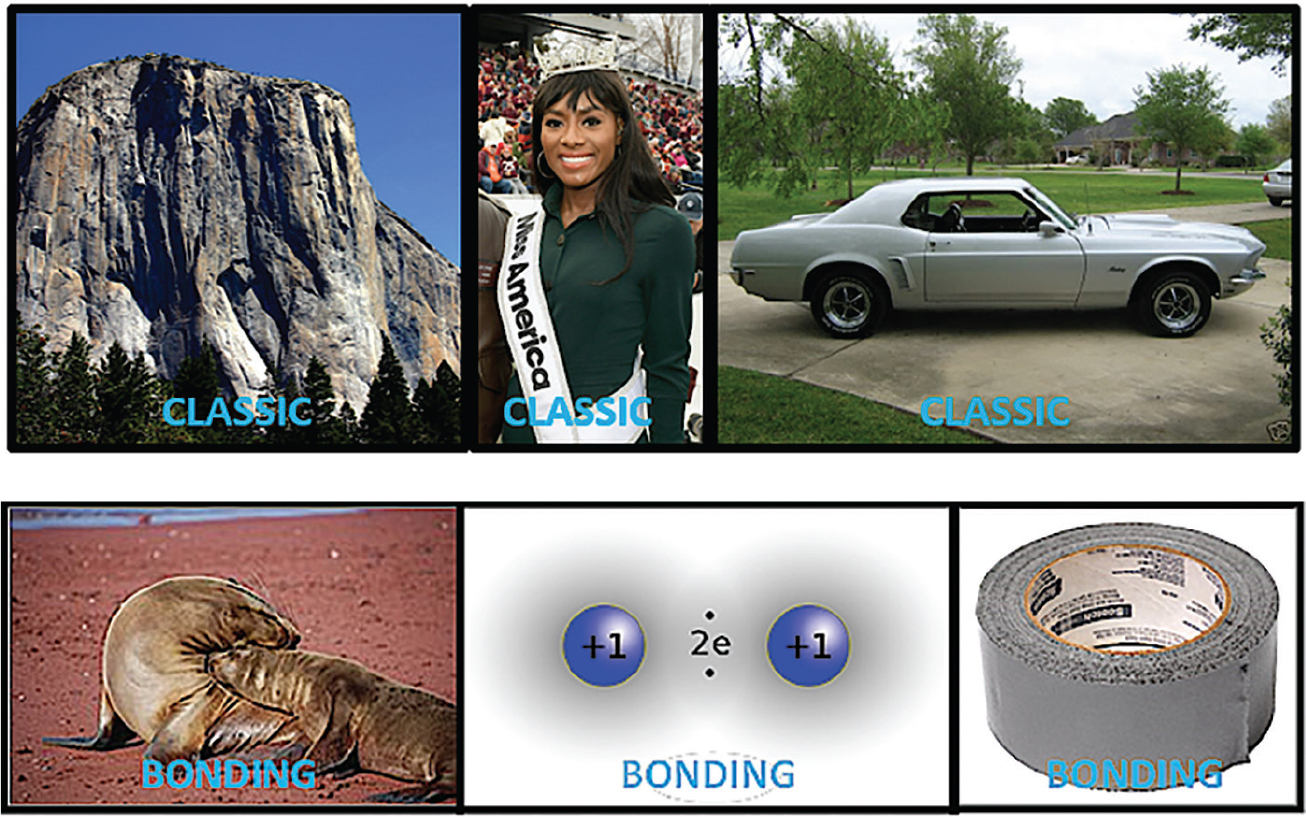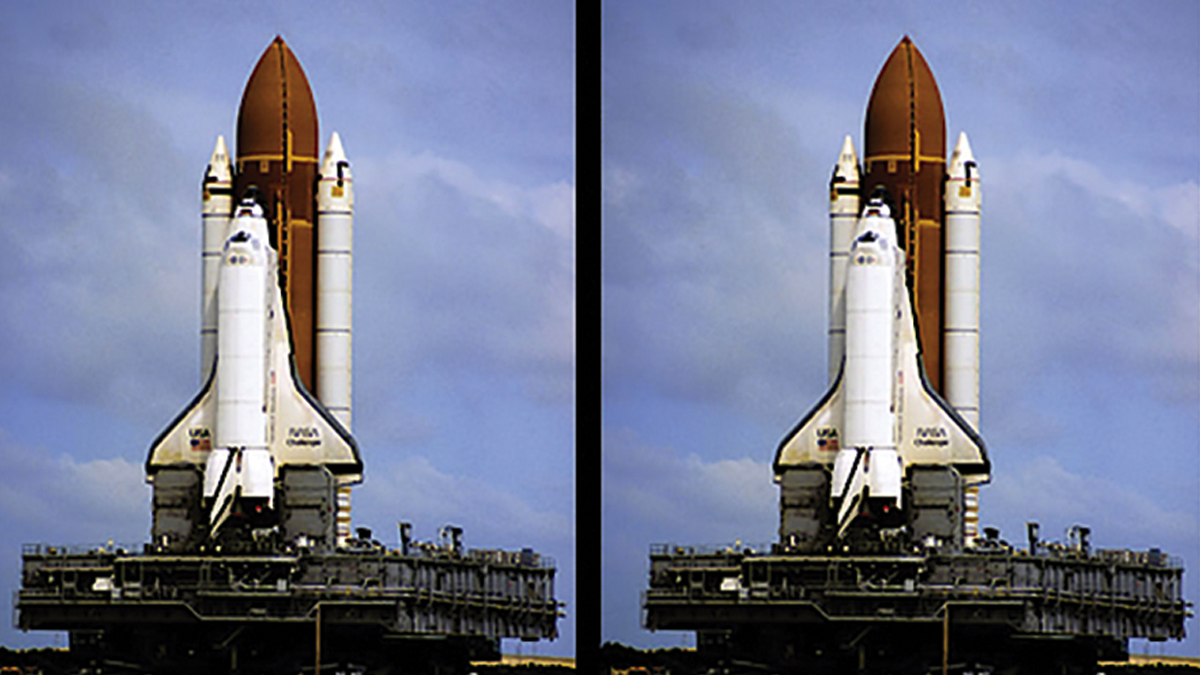Idea Bank
Picture This
Everyday photos help explain complex ideas and concepts
Photography is the primary method we use to capture memories and tell stories. In 2017 alone, an estimated 1.2 trillion photos were taken according to Perret (2017). That’s about 158 photos taken per human in a single year—and this number will only get larger in the years to come!
Photography’s rise in popularity makes perfect sense. Smartphones and social media are ubiquitous. Taking a picture of documents has replaced writing; sharing pictures has replaced having conversations; and students today—confident, fluent digital natives—are becoming impressively deft visual storytellers.
Teachers can leverage student interest in visual storytelling to help break down challenging concepts and content. The activities described in this article help students generate meaning from photographs, using ordinary photos and annotations to present perspectives and concepts.
Getting started
Any image can be interpreted in different ways. Determining the message that a picture sends depends on the viewers’ background and the context of the image. To begin, pick any single photo (it does not need to be related to science) and have the students describe the photo itself before asking them to consider different interpretations of the photo’s meaning. Ask them to describe the possible stories being told in the selected photograph. The photographs in Figure 1, for example, may be known to some people and not to others. The way that the pictures are interpreted will vary depending on background knowledge and context.

Activity 1: The power of a photograph
Choose three or more photographs and hang them around the room. Ask students to move around the room to each photograph and individually record what each photograph means to them. In groups of three or four, have students share their ideas and generate new possible meanings. Once the small-group discussion is complete, ask the full class the following questions to help them share some of their ideas from their group meeting.
- When you first walked around the room, did you feel you understood the full meaning of each photograph?
- When you talked with your group, did you hear new perspectives about each photograph that you had not previously generated?
- What did you learn about the power of context and perspective?
- What information do you wish you had about each photograph to help you interpret the meaning?
Activity 2: The power of annotation
Provide students with one image replicated three times. Have each student create three short captions or labels that present different perspectives of the image. In groups of three to four, have students share their various perspectives. Subsequently, ask the class to present varying perspectives for each photograph (see Figure 2 for examples).

A similar activity can be done where students are provided with one concept or theme and asked to find multiple pictures that can be representative of that theme (Figure 3).

Activity 3: Images that capture science concepts
Consider using an image of a simple zipper to introduce students to the concept of diverging tectonic plates, or an image of puzzle pieces to represent antigen/antibody pairs, or a video of a track race with Usain Bolt pulling ahead to demonstrate acceleration (Figure 4). These examples allow students to make analogous connections between challenging scientific concepts and commonplace occurrences.

Break students into small groups and give each group an intended message or concept that they can use photographs to depict. Have students research to find or take three to five photographs that depict the intended concept. Have each group present their photographs to the class and have classmates generate hypotheses about the intended concept or theme. Pose the following questions to help students as they progress through this exercise.
- Do your photos individually represent your entire message, or do they share only part of the concept?
- As you review your photographs, what information is missing? What possible annotations will add meaning to your photographs?
- How can the annotation be expanded upon to develop a model of the intended concept?
- What will the audience need to know to fully understand your intended message and grasp your concept?
Assessment
In this activity, students use photographs to create their own analogies and understandings of specific, assigned scientific concepts. There really are no right or wrong answers; the assessment should focus on understanding student misconceptions and the use of annotations to show connection to the content. The rubric is a good starting point and allows you to gauge student completion of the assigned tasks.
Conclusion
Science teachers should consider using pictures of everyday items to help students better connect with challenging science concepts. Students are comfortable telling stories with images, so it only makes sense to capture that in the classroom. Drawing on student interest and allowing students to have more authority over the connections to science will create a longer-lasting understanding of a particular concept. What was once a tricky topic becomes less intimidating because students are accessing a familiar genre in looking at pictures and creating analogies.
You know the saying, “A picture is worth a thousand words.” But what are the words in the picture? Even more, what are the concepts in the picture? Asking your students these kinds of questions builds their ability to see the unlimited potential of photography to explore and understand concepts that are bigger and more meaningful than a meme or a snap or an Instagram post. Students are already interested in taking pictures, so why not take that curiosity to the next level?
Literacy Teaching Strategies High School



